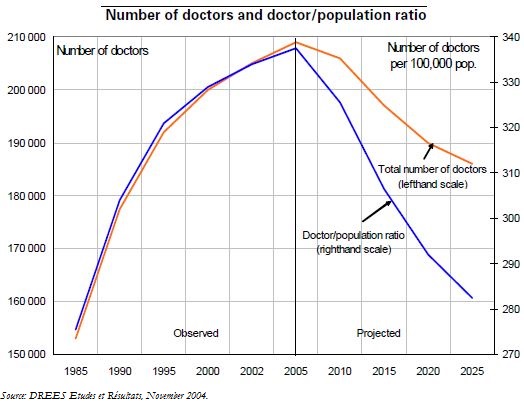Trésor-Economics No. 42 - How should doctors be paid?
The French 2008 Social Security Budget Bill provides for the possibility of experimenting with new methods of payment for doctors over a period of 5 years. While the image of private practice in France is closely bound up with the concept of fee-for-service payment, this is not necessarily the case elsewhere, where doctors may be salaried employees or receive fixed fees, depending on the country.
Payment mechanisms are sometimes used as a means to improve the quality of care, by placing a higher value on preventive care, for example, or to set limits on the volume of practitioners' activity. Here we review the theoretical incentives created by the different payment mechanisms and compare them with doctors' actual practice, which does not rely on financial considerations only. The review shows that payment mechanisms do indeed influence medical practice and could therefore be used to improve it.
The younger generations of doctors are calling for a broader choice of forms of payment, with a growing proportion of them opting for salaried employment. At a time when the number of medical practitioners is shrinking, and is set to fall heavily over the next two decades, fee-for-service payment is the mechanism that offers the greatest incentive for doctors to maintain a high level of activity: it should therefore continue to predominate. But in a context where only one medical graduate in two is in private practice and where some places in the country could suffer a shortage of doctors, it is essential to give due weight to young graduates' preferences, especially as far as pay is concerned.
Moreover, offering a range of different pay formulae could prove useful in improving the quality of medical practice or as a means of responding to changes in general practice at a time when the growing burden of the chronically ill and the increasing number of visits to specialists demands greater coordination of healthcare.
There is a risk for the public finances, however, that fixed fee payments could be added to the existing fee-for-service payment and could in addition be entirely financed by the health insurance system.
